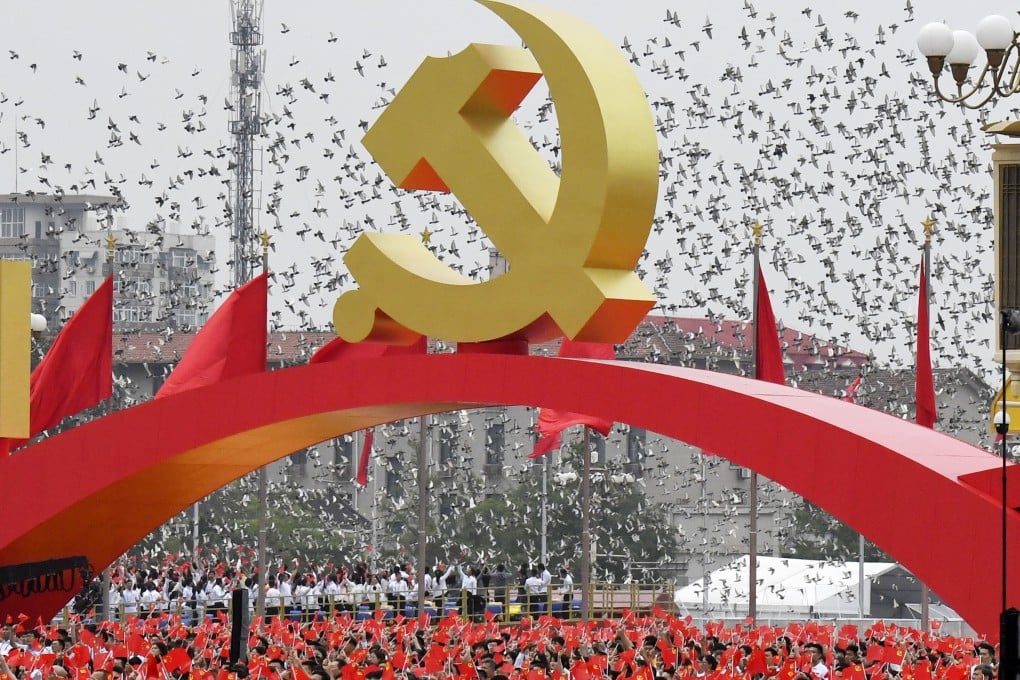Advertisement
China ‘modified’ the weather as Communist Party marked centenary in Beijing
- Cloud-seeding operation was launched over suburban and surrounding areas hours before the tightly choreographed event
- Artificial rain reduced PM2.5 pollutants by more than two-thirds and improved air quality, Tsinghua University researchers say
Reading Time:3 minutes
Why you can trust SCMP
22

China used cloud seeding to control rain and pollution in the capital ahead of a major political event in July, according to scientists at Tsinghua University.
They said the government launched the large-scale operation – lacing clouds with chemicals to bring on rainfall – over suburban Beijing and some neighbouring areas hours before the Communist Party marked its centenary on July 1.
In a research paper, they estimated the artificial rain that was created reduced the level of the air pollutant PM2.5 by more than two-thirds, and improved air quality from “moderate” to “good” under the World Health Organization standards.
The team from the university in Beijing, led by Wang Can, an environmental science professor, said it was unlikely this drop in pollution had a natural cause since “artificial rain was the only disruptive event in this period”. Their research was published in Environmental Science, a peer-reviewed Chinese journal, on November 26.
Tens of thousands of people attended the tightly choreographed event in Tiananmen Square that began at 8am in overcast conditions. There was a downpour soon after the two-hour ceremony had ended.
China’s weather authorities have been trying to alter the weather for important events since 2008, when Beijing hosted the Olympic Games. But according to the Tsinghua scientists, the party centenary presented unprecedented challenges.
Advertisement